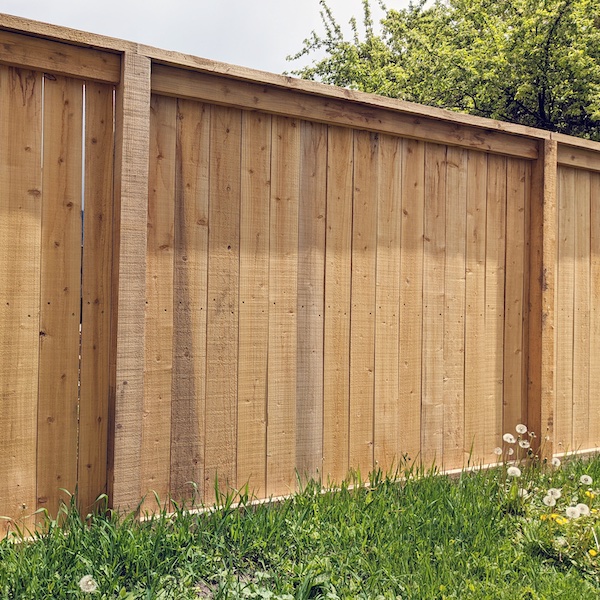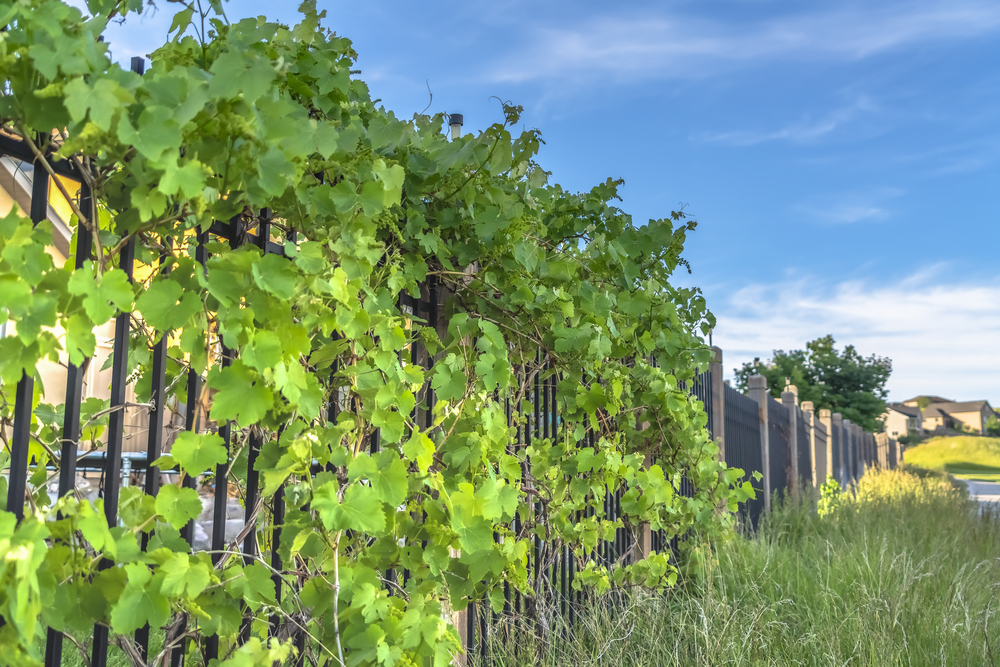All Categories
Featured

Wood fencings are a popular choice for property owners because of their all-natural charm and versatility. Nonetheless, to maintain your fencing looking terrific and working well, normal maintenance is vital. One of one of the most crucial jobs in fence maintenance is determining how frequently to tarnish the timber or repaint. The right maintenance timetable can help shield your fence from the aspects, prevent damages, and lengthen its life expectancy. When it's time to repaint or tarnish your wooden fencing., here's a guide to aid you determine.
Factors Influencing Painting or Staining Regularity. Several key variables identify how often you must paint or tarnish your wooden fencing. These consist of the sort of timber, the climate in your region, and the level of direct exposure your fence has to the components.
- Environment and Climate Conditions. The climate where you live plays a substantial function in just how swiftly your fence will certainly put on down. Severe weather conditions such as intense sunlight, heavy rainfall, or freezing temperature levels can speed up the deterioration procedure.
Sunny Climates: In locations with great deals of sunshine, UV rays can trigger the timber to dry out, discolor, and split. As a result, you might require to repaint or restain your fence every 2 to 3 years to avoid damage. Rainy or Humid Areas: In position where rainfall and humidity are constant, wood fences take in wetness, which can result in warping, decomposing, or mold growth. Regular staining is required in these regions, normally every 1 to 2 years. Cold Climates: Icing up temperatures and snow can create the paint or tarnish to peel off. You might require to revitalize the finish every 3 to 5 years to keep your fence in great problem if your area experiences cool winter seasons. 2. Kind of Timber. The wood varieties utilized for your fence will additionally figure out the frequency of paint or staining. Woods often tend to be more long lasting than softwoods, and each kind of wood reacts in different ways to stain or paint.
Cedar and Redwood: These woods are naturally immune to rot and bugs, however they can shed their color over time because of UV direct exposure. Staining or securing these sorts of wood every 2 to 3 years helps maintain their look. Pine and Fir: These softwoods are much more at risk to wetness damage and call for more regular upkeep. You may need to restain or repaint these fencings every 1 to 2 years to maintain them protected from the aspects. Pressure-Treated Timber: While pressure-treated timber is created to withstand rot, it still needs to be discolored or sealed to avoid dampness absorption. A fresh coat of tarnish or sealer might be required every 2 to 3 years. 3. Stain vs. paint. Whether you paint or tarnish your fencing can significantly influence the maintenance routine.

Paint: Repaint provides a strong layer of security that obstructs moisture and UV rays. It can peel off, crack, or discolor over time, specifically with prolonged exposure to the components. Usually, a painted fencing requires to be repainted every 3 to 5 years. Tarnish: Discolor soaks right into the wood and gives a more natural appearance while still using defense. Tarnished fences tend to reveal wear faster than painted ones, as the stain can discolor or get rid of. You will likely need to restain your fencing every 2 to 3 years, depending upon the direct exposure to sun and rainfall. 4. Noticeable Signs of Wear. While a general upkeep routine is valuable, you should additionally maintain an eye on the condition of your fence to figure out when it's time for a fresh coat of paint or discolor. Seek these indicators:
Discoloring or Discoloration: If your fencing has shed its initial shade or has come to be grey and weather-beaten, it's time to reapply a repaint or tarnish to restore its look. Peeling off or Splitting: If the paint or discolor begins to split or peel off, it's a clear indicator that the safety layer is no longer doing its work. This can lead to water damages, so it is very important to address it immediately. Water Absorption: Conduct a simple water test by splashing some water onto the surface of the fencing. If the water beads up, the fence is still secured. It's time to paint or restain if the water saturates in. 5. Appropriate Upkeep Techniques. For the very best outcomes, it is essential to prepare the timber appropriately prior to paint or discoloration. Begin by cleansing the fence to eliminate dust, mold, or mold and mildew. Repair any kind of damage, such as cracks or loose boards, to ensure the fencing is in excellent condition before applying a fresh coat.

Choose a completely dry, moderate day for painting or staining to prevent the surface drying as well swiftly or unevenly. Always use paint or tarnish according to the manufacturer's instructions, and allow ample drying time between coats.
Verdict. As a whole, wooden fences need to be painted or stained every 2 to 3 years, depending on the climate, sort of timber, and direct exposure to the aspects. Keeping an eye on the appearance of your fence will assist you establish when it's time to refresh the coating. Whether you choose to discolor or paint, regular upkeep will certainly secure your fencing from the climate and maintain it looking beautiful for several years to find. By following a correct maintenance routine, you can make sure that your wood fencing continues to be solid, resilient, and visually pleasing throughout its lifespan.
Latest Posts
Join WyHy FCU – Top Benefits for Your Future
Published May 26, 25
1 min read
How Chicago Drivers Pick Montclare Auto Repair for Trusted Service and Great Savings
Published May 22, 25
1 min read
Discover Special Auto Repair Specials in Chicago at Montclare Auto Repair
Published May 21, 25
1 min read